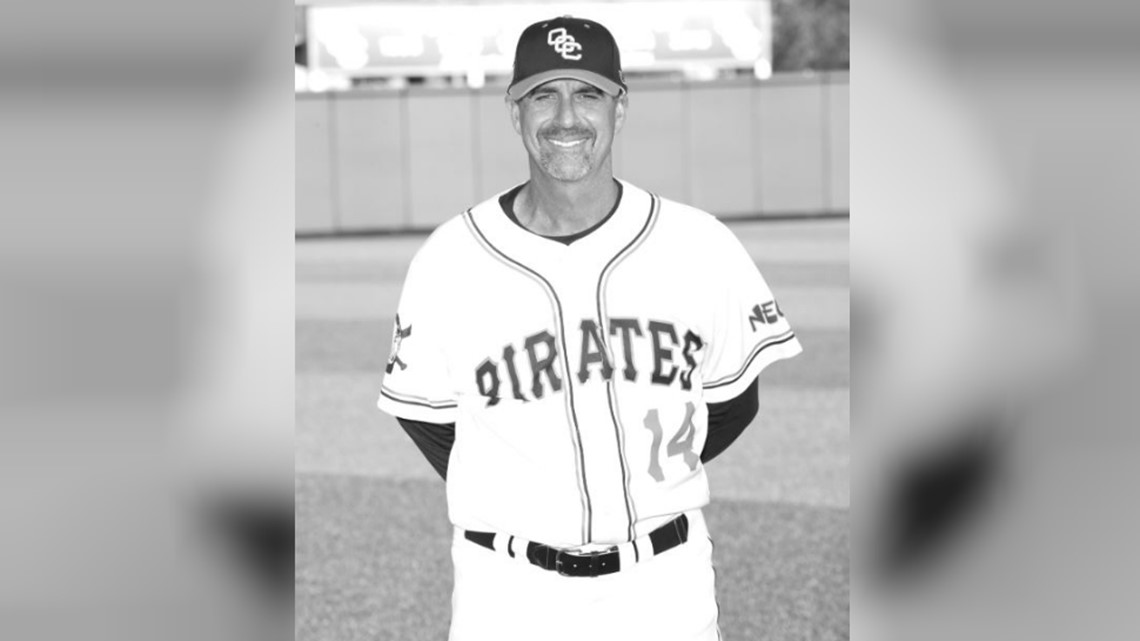Here is my take as a commercial pilot, together with some background info for non-pilots.
Fixed wing aircraft need forward speed to stay in the air. Helicopters can hover and ascend/descend vertically.
Flying with significant forward speed requires a certain amount of visibility to react to terrain, other traffic, and obstructions like antenna towers.
When the weather is ugly and forward visibility too limited, flying by visual references does not work anymore and pilots have to be qualified to fly with the help of instruments and have to file an IFR (instrument flight rules) flight plan.
When on an IFR flight plan, people on the ground looking at radar screens prevent you from running into other airplanes and published IFR routes and approach procedures prevent you from running into fixed 'stuff'.
Even with that help, the pilot still has to fight spatial disorientation because our inner ear was never designed to work for long without optical or tactile recalibration.(see note below)
One of the worst things you can do as a pilot is to stretch visual flight beyond its limits. This is called 'scud running' and ranks as the leading killer in aviation.
The helicopter was operating on a special VFR (visual flight rules) clearance that is intended to allow helicopters to land or take off from airports that are under IFR conditions (i.e. low ceiling and/or limited visibility). This clearance is only granted to helicopters for a reason. The idea behind exempting helos from having to file IFR around airports is that they do not require the forward speed that gets you in trouble.
What the crashed helicopter did, according to the radar track and the ATC (Air traffic control) communication, looks like low altitude scud running with significant forward speed in hilly terrain and the most probable accident cause is that bad decision making caught up with them.
Sorry for the souls lost but this does not look like a freak accident, more like a predictable, inevitable outcome of a very bad choice by the pilot(s).
If I read the meteorological conditions correctly, they had the option to ascend into good visibility, transition, and then descend through the murk. Still not trivial but much more survivable. Or they could have filed IFR and done it right.
"Aviation in itself is not inherently dangerous. But to an even greater degree than the sea, it is terribly unforgiving of any carelessness, incapacity or neglect."
— Captain A. G. Lamplugh, British Aviation Insurance Group, London. 1930's
Note on spatial disorientation:
Aviation training uses this phenomenon in sophisticated flight simulators. If you tilt the simulator box without the pilots inside having a visual cue, the pilot's brain will interpret the change of the gravitational vector as an acceleration. So you can simulate a flying airplane very realistically with a tilting and shaking box on the ground.
The challenge in instrument flying is to trust the instruments and not your instincts. This is not trivial and requires specific training, certification, and then current experience to be legally allowed and able to fly in these conditions. It is relatively easy in big jets, not so much in small airplanes, and a real bear in helicopters without a very sophisticated auto pilot system due to the inherent instability of a helicopter.
Spatial disorientation can also be a threat in meteorological conditions that look benign and legally do not require IFR certification and clearance. Kennedy's crash is an example for optical illusions (angled coastlines in hazy dusk or darkness) causing the pilot to depart from straight and level flight and then aggravating a descending turn by inappropriate control response into what we colorfully call a 'graveyard spiral'. He felt that he was descending and pulled up, thereby tightening the unnoticed turn. As the turn tightens, the airplane looses more vertical lift and descends even faster. The only way to save his life would have been to look at the instruments, interpret them correctly (I am in a TURN) and apply the correct control input (stop the turn and then worry about pitch/altitude). Something he had not yet learned and perfected.


